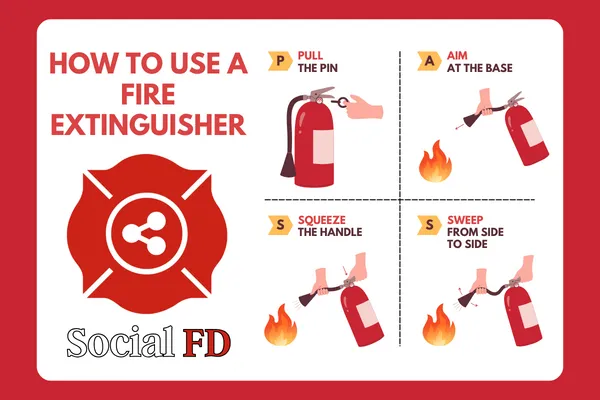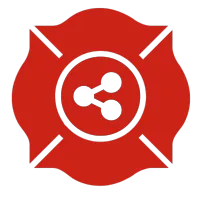
A Step-by-Step Guide on How to Use a Fire Extinguisher
Importance of Knowing How to Use a Fire Extinguisher
Understanding how to use a fire extinguisher is a vital skill that can prevent small fires from escalating into catastrophic incidents. It’s a critical aspect of fire safety, providing individuals with the confidence and ability to respond swiftly and effectively during emergencies. Being equipped with this knowledge ensures a proactive approach to fire prevention.
Familiarizing Yourself with Different Types of Fire Extinguishers
Before attempting to use a fire extinguisher, it’s essential to identify the type of extinguisher available. Understanding the various classes (Class A, B, C, D, and K) and the suitable extinguishing agents for each is crucial. This knowledge ensures the correct extinguisher is selected for the specific type of fire.
The PASS Technique
The PASS acronym—Pull, Aim, Squeeze, Sweep—is a fundamental technique for effectively using a fire extinguisher. Firstly, Pull the pin to unlock the extinguisher. Next, Aim the nozzle or hose at the base of the fire. Squeeze the handle to discharge the extinguishing agent, and Sweep the nozzle or hose from side to side, covering the base of the flames.
Safety Precautions Before Using a Fire Extinguisher
Before attempting to extinguish a fire, safety should be the top priority. Ensure that everyone is evacuated from the area, alert the fire department, and assess the fire's size and nature. Only attempt to use an extinguisher if the fire is small, contained, and there's a clear evacuation route if the fire spreads.
Class A Fires (Ordinary Combustibles)
For Class A fires involving ordinary combustibles like wood, paper, or cloth, using a water or foam extinguisher is recommended. Employ the PASS technique while directing the extinguishing agent at the base of the fire, aiming to suffocate the flames by removing the oxygen supply.
Class B Fires (Flammable Liquids)
Class B fires, fueled by flammable liquids like gasoline or oil, require a different approach. CO2 or dry chemical extinguishers are suitable for these fires. Apply the PASS technique while aiming to smother the fire by cutting off its oxygen source.
Class C Fires (Electrical)
Class C fires involving electrical equipment or wiring should never be tackled with water-based extinguishers due to the risk of electrical shock. CO2 extinguishers are the safest option. Remember to de-energize the electrical source before applying the PASS technique to extinguish the fire.
Class D Fires (Combustible Metals)
Class D fires, involving combustible metals such as magnesium or titanium, require specialized extinguishing agents like dry powder specifically designed for these materials. These fires are extremely hazardous, and attempting to extinguish them without proper training and equipment is not recommended.
Empowering Fire Safety through Knowledge
Mastering the use of a fire extinguisher is not just about possessing a tool; it’s about possessing the capability to protect lives and property in the event of a fire. The ability to respond swiftly and effectively in such situations is invaluable.
Understanding how to use a fire extinguisher is a significant step towards fire safety. Regular training and refreshers on these techniques ensure readiness when facing potential fire hazards.
Knowing how to use a fire extinguisher is a pivotal skill in fire safety. Mastery of the PASS technique, coupled with a deep understanding of different fire classes, empowers individuals to respond effectively in fire emergencies.

© 2025 Social FD Inc. - All Rights Reserved

